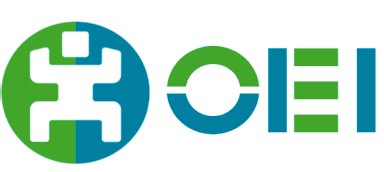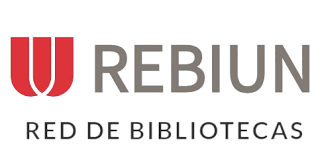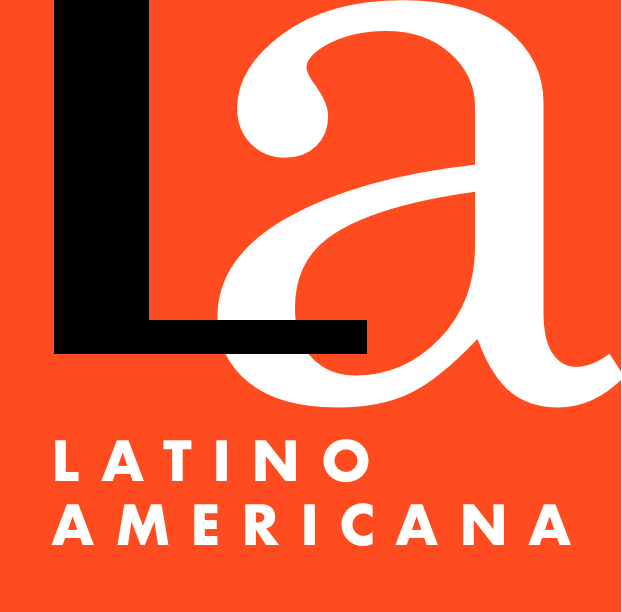Inclusion and Equity in Higher Education
DOI:
https://doi.org/10.4067/S0718-73782024000300011Keywords:
Higher education, Educational equity, Educational inclusionAbstract
Millions of children and adolescents in Latin America face daily complex situations related to their socio-economic, national, ethnic or cultural origin, their gender or sex, or their (dis)ability that limit their opportunities to progress effectively in school and develop their full potential. These circumstances not only determine their present, but also shape their future. As Salmi (2022) points out, ‘...what happens or does not happen in pre-school, primary and secondary education determines the trajectory of young people who can access higher education’.
It must be recognised that higher education is the educational stage where social injustices and inequalities are most concentrated. One way of looking at this is, based on John Rawls' (1971) theory of redistribution, to verify the great disparity between the social composition of the higher education student body and the young population in general, both for higher education as a whole and between the different areas of study. Socio-economic, national, ethnic or cultural origin, gender or sex, or (dis)ability condition access, retention, graduation and success in higher education.
Published
How to Cite
Issue
Section
License
Copyright (c) 2024 Revista Latinoamericana de Educación Inclusiva

This work is licensed under a Creative Commons Attribution 4.0 International License.
Creative Commons Attribution (by)
This licence permits the exploitation of the work, as well as the creation of derivative works, the distribution of which is also permitted on condition that express reference is made to the author, i.e. that his/her name appears in any use or act of exploitation of the work.













